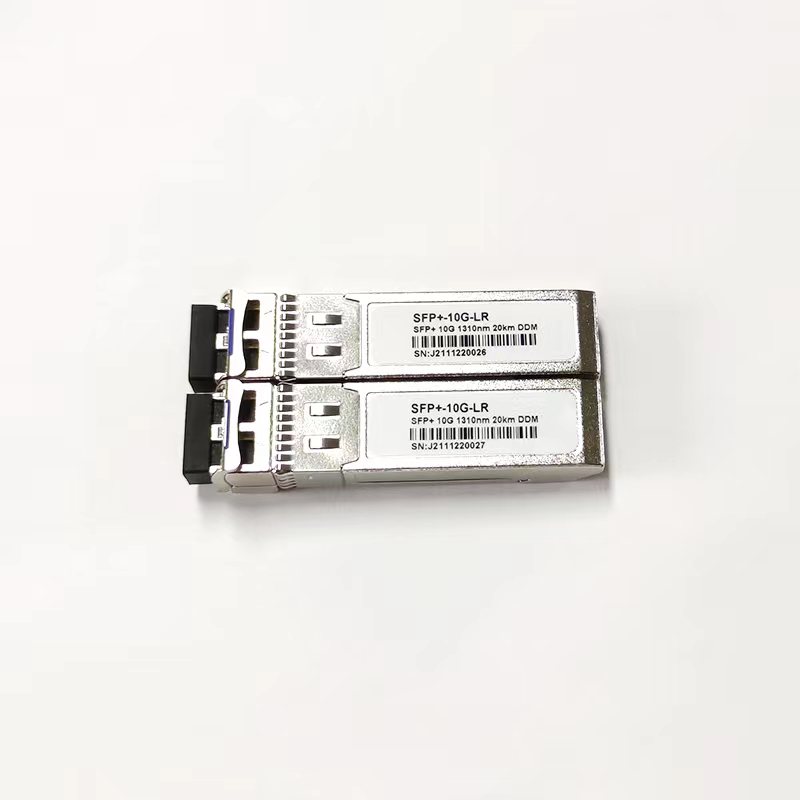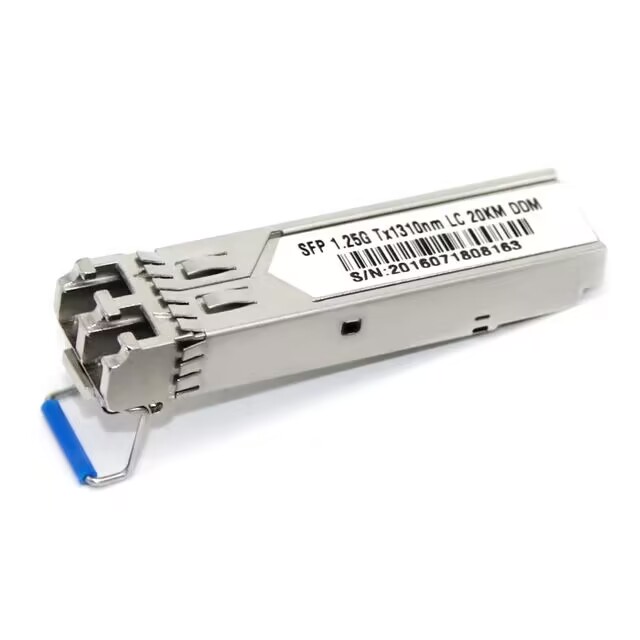Overview
As we all know, the main function of optical fiber is to transmit light. Once the optical fiber is bent, there must be fiber loss in the transmission process. A new class of “bend-insensitive” single-mode and multimode fibers were introduced in 2007 and 2009, respectively. Manufactured for optical fibers, this fiber can be bent at seemingly impossibly small radii without significant loss of light. This article will describe the benefits and compatibility of bend-insensitive fiber optic cables.
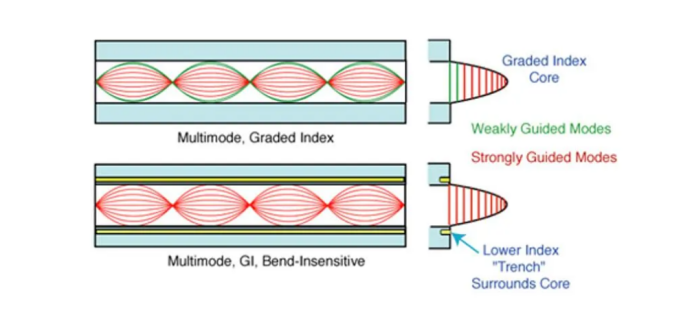
What is Bend-Insensitive Fiber, and What Are Its Types?
The Fiber Optic Cable’s main challenge during deployment is that fiber optic cables are sensitive to stresses such as bending. Light from the outer core is not reflected when bent beyond the minimum bending radius.
This is why bend-insensitive fiber optic cables were invented to resist bend-related damage and minimize optical signal loss. It consists of additional layers of glass surrounding the core. This glass layer has a low index of refraction and reflects weakly guided light modes in the bends of the cable back into the core. As a result, the bend-insensitive fiber optic cable transmits light loss to a minimum, even when the cable is bent beyond the minimum bend radius.
In terms of performance, bend-insensitive fiber optic cables are much more flexible than ordinary fiber optic cables. It is usually designed to withstand up to 7500+ bending cycles. Plus, it has a much smaller bend radius, allowing it to wrap tightly or wrap around corners or equipment.
Like common fiber optic cables, there are two main types of bend-insensitive fiber: single-mode fiber (SMF) and multimode fiber (MMF).
Bend Insensitive Single Mode Fiber (BISMF)
Bend-insensitive single-mode fiber optic cable allows only one type of optical mode to pass through at any given time. The International Telecommunication Union (ITU) specifies two single-mode bend-insensitive fiber optic cable types: G.657.A and G.657.B. Let’s compare their minimum bend radius with the standard single-mode G652 fiber (30mm).
Let’s compare the minimum bend radius of G.657.1 and G.657.B with the standard single-mode G652 fiber (30 mm). The minimum bend radius of G.657.A1 Bend Insensitive Single Mode Fiber is 10 mm, while its A2 version and G.657. Single Mode Fiber has a minimum bend radius of 7.5 mm. The B2 version is more flexible and has a size of 5 mm – a difference of up to 6 times compared to normal single-mode fiber optic cables. It is for this reason that single-mode bend-insensitive fibers have great potential for long-distance, high-density, and low-installation-cost applications. It also has much lower attenuation than multimode fiber.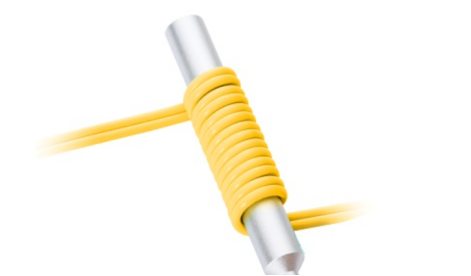
Bend Insensitive Multimode Fiber (BIMMF)
As the name implies, a bend-insensitive multimode fiber optic cable allows multiple light modes to pass through it at any time. OM2, OM3, and OM4 are the laser-optimized grades in this category. Their special property is that they show a 10-fold signal loss in tight bends.
BIMMF is also very flexible, with a minimum bend radius as low as 7.5mm. Bend-insensitive multimode fiber is used in short-reach applications and is prevalent in data centers and building interiors.
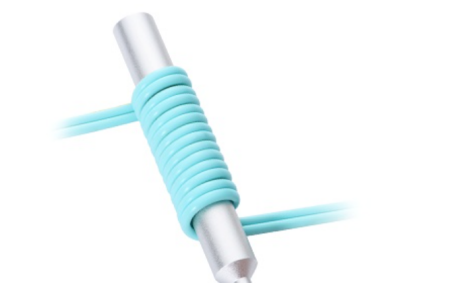
Advantages of Bend Insensitive Fiber Optic Cable
Compared to a regular optical fiber cable, bend-insensitive fiber optic cable offers numerous advantages, the most obvious being minimized attenuation and bending loss.

Flexibility During Deployment: Given its perfect flexibility, bend-insensitive fiber optic cables can be deployed in high-density environments where navigating tight corners and lack of space is challenging for ordinary fiber optic cables. As such, they can find applications in indoor fiber optic cable deployments. They can easily be routed around walls, ceilings, ducts, pillars, and buildings without excessive micro or macro bending.
Prevents Installation Mistakes: Unlike regular fiber optic cables, non-bend fiber optic cables need not worry about installation damage due to steep bends, typically within racks or panels and at entry or exit.
Higher Resilience: The bending radius of the bend-insensitive fiber has been significantly reduced, and it is also highly resilient and resistant when it is clamped, nailed, or tied – something that is easily damaged by ordinary fiber optic cables.
Comparable Manufacturing Costs: Compared to normal fiber optic cables, bend-insensitive fiber optic cables are slightly more expensive, so the process is quite economical.
Splicing No Difference: There is no special splicing process for bend-insensitive fibers. It uses the same method as prescribed for any conventional fiber optic cable.
Higher Performance: Since unbent optical cables maintain the performance of the optical signal when bent, they are used to carry higher bandwidth signals.






